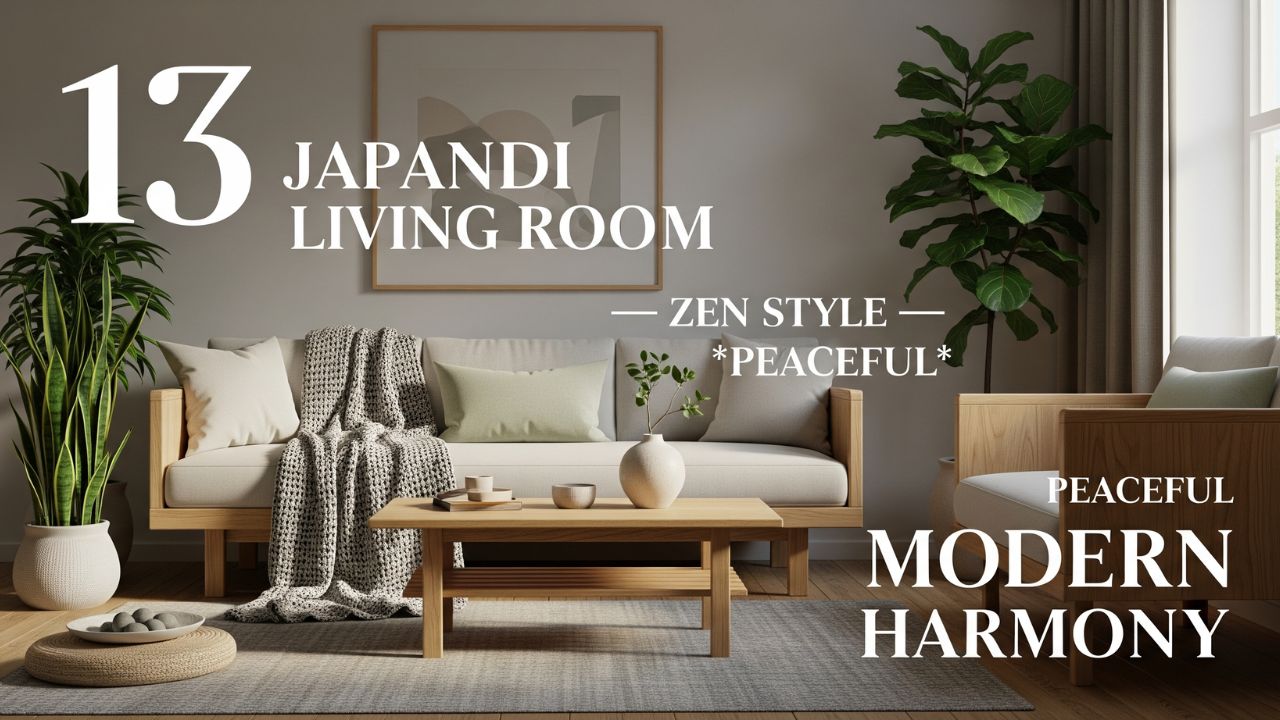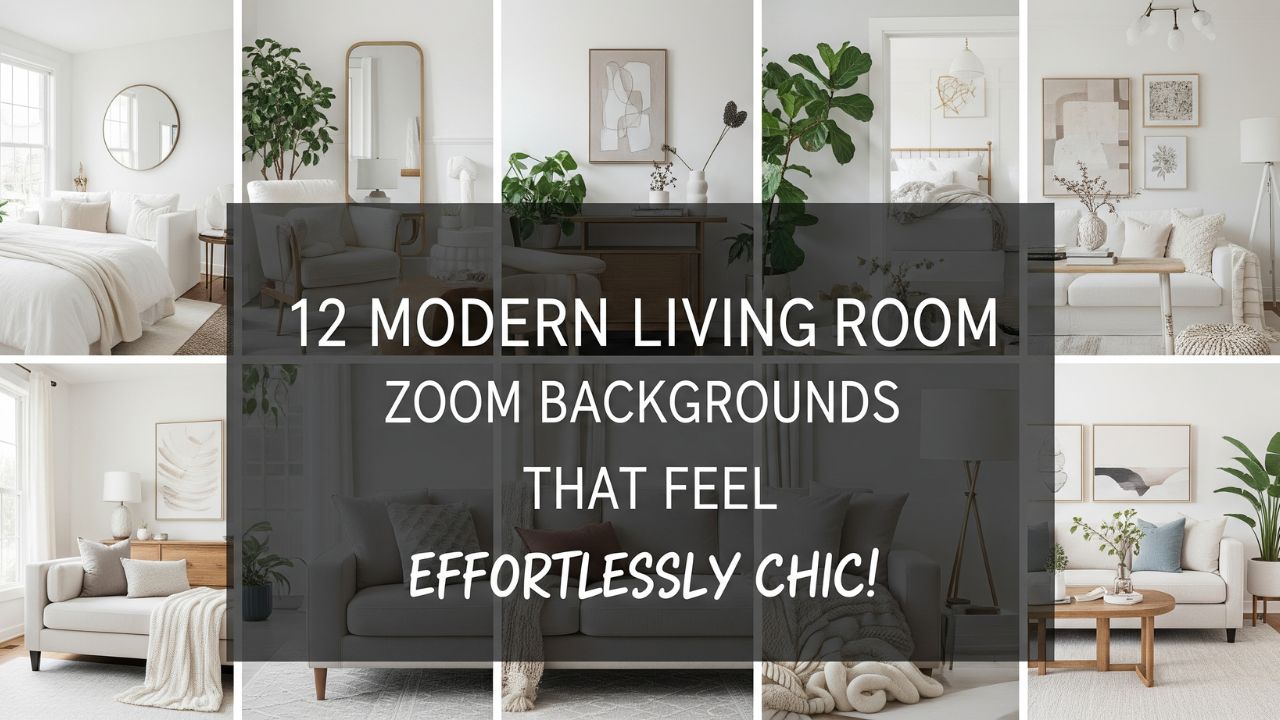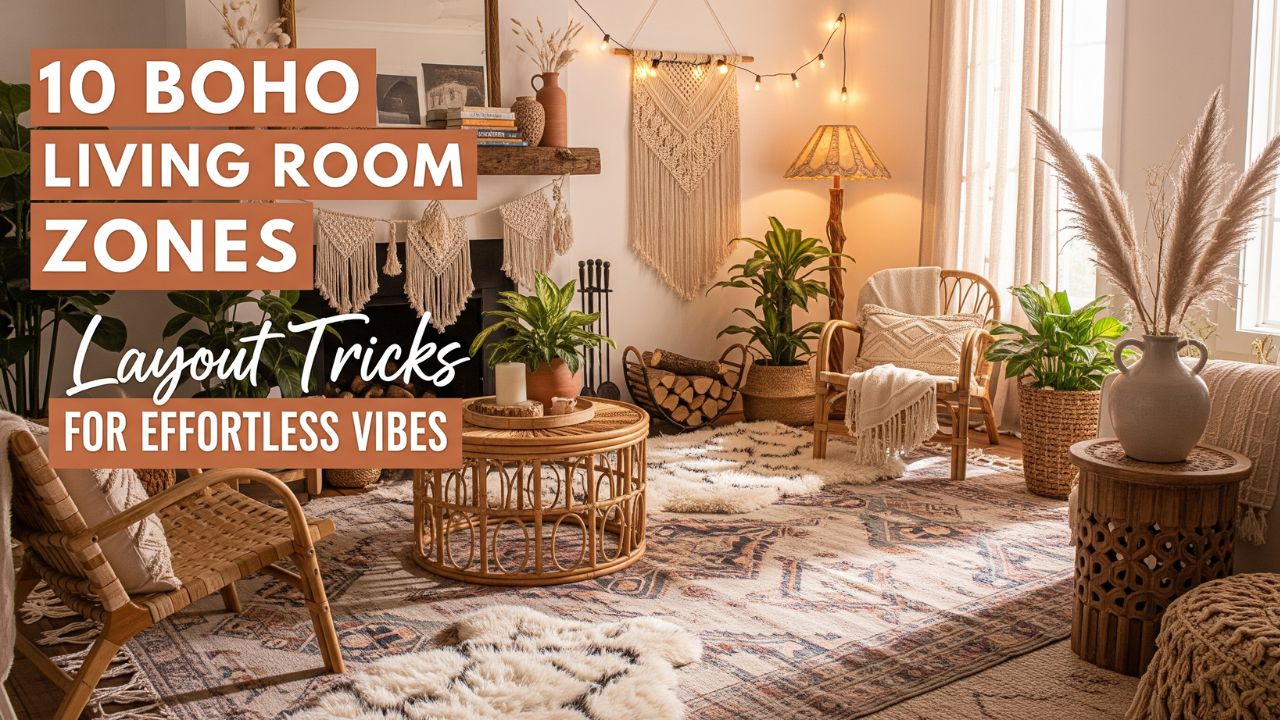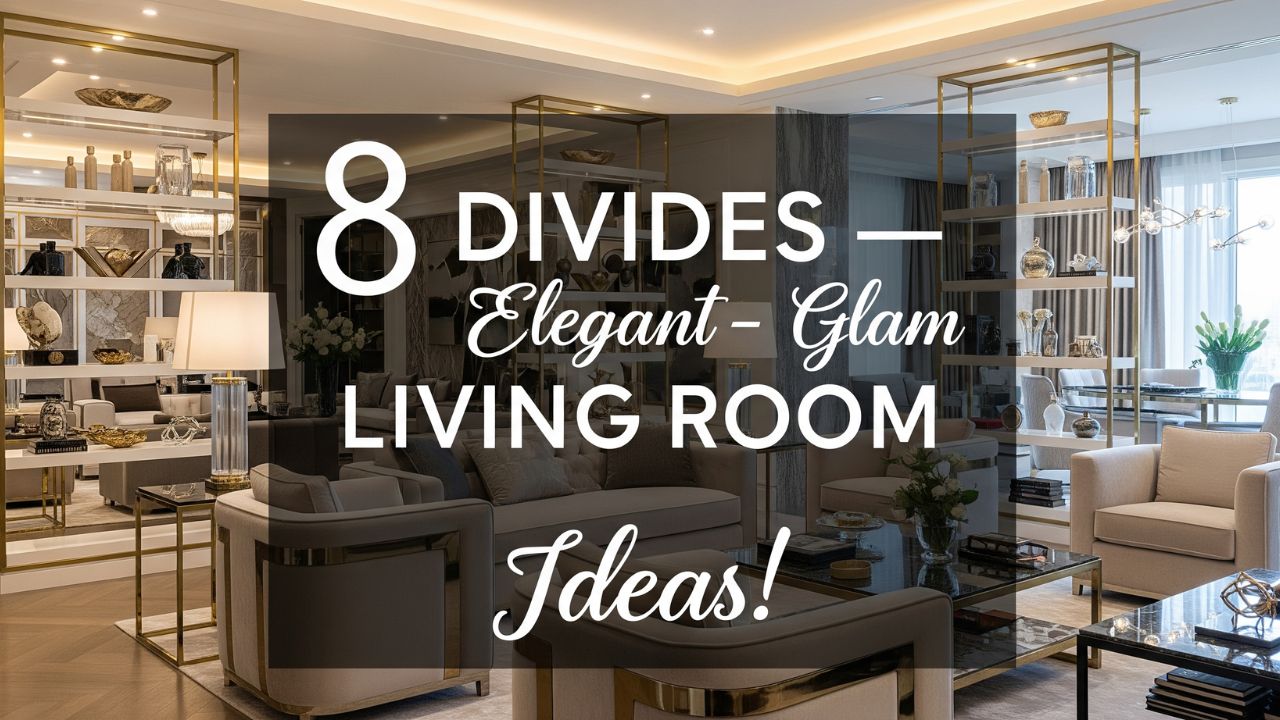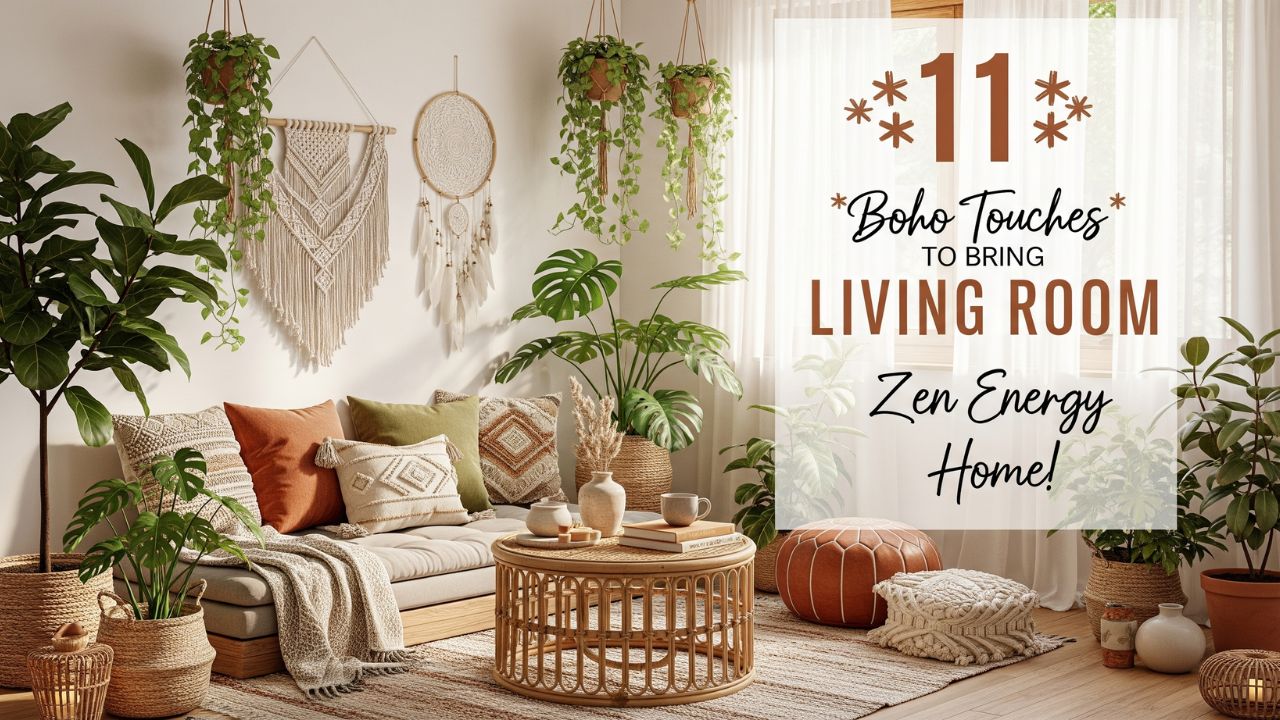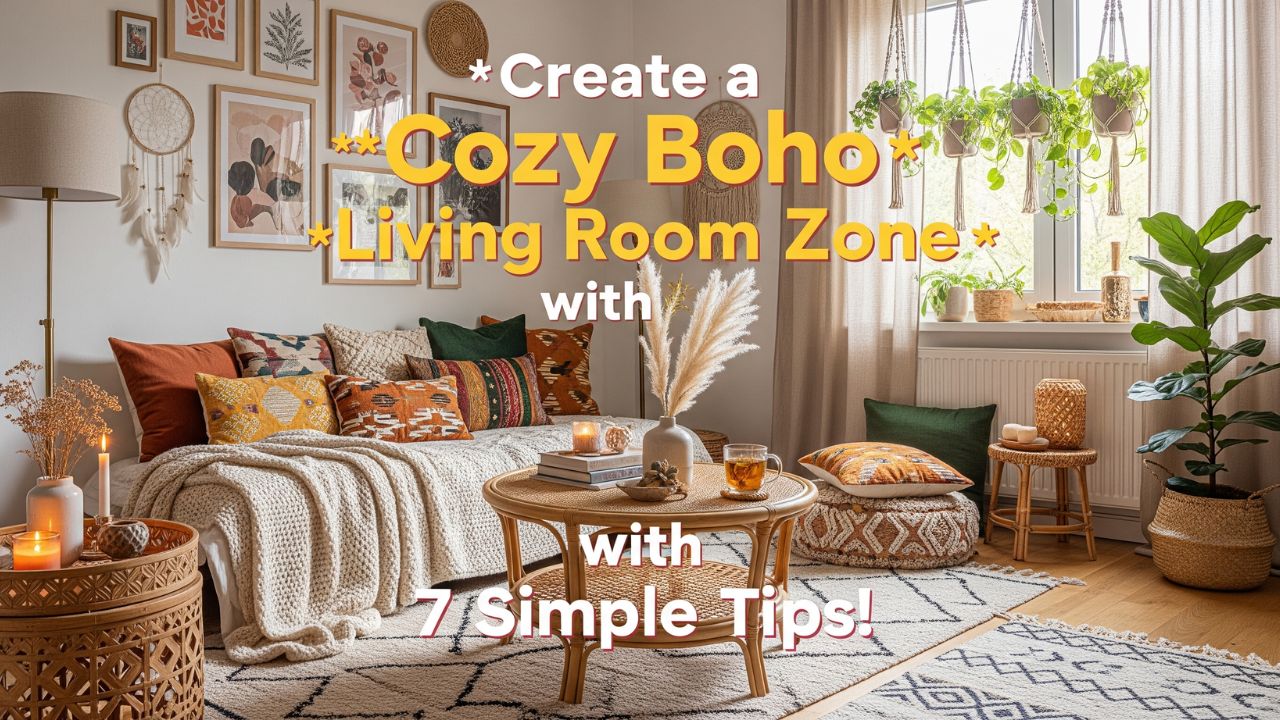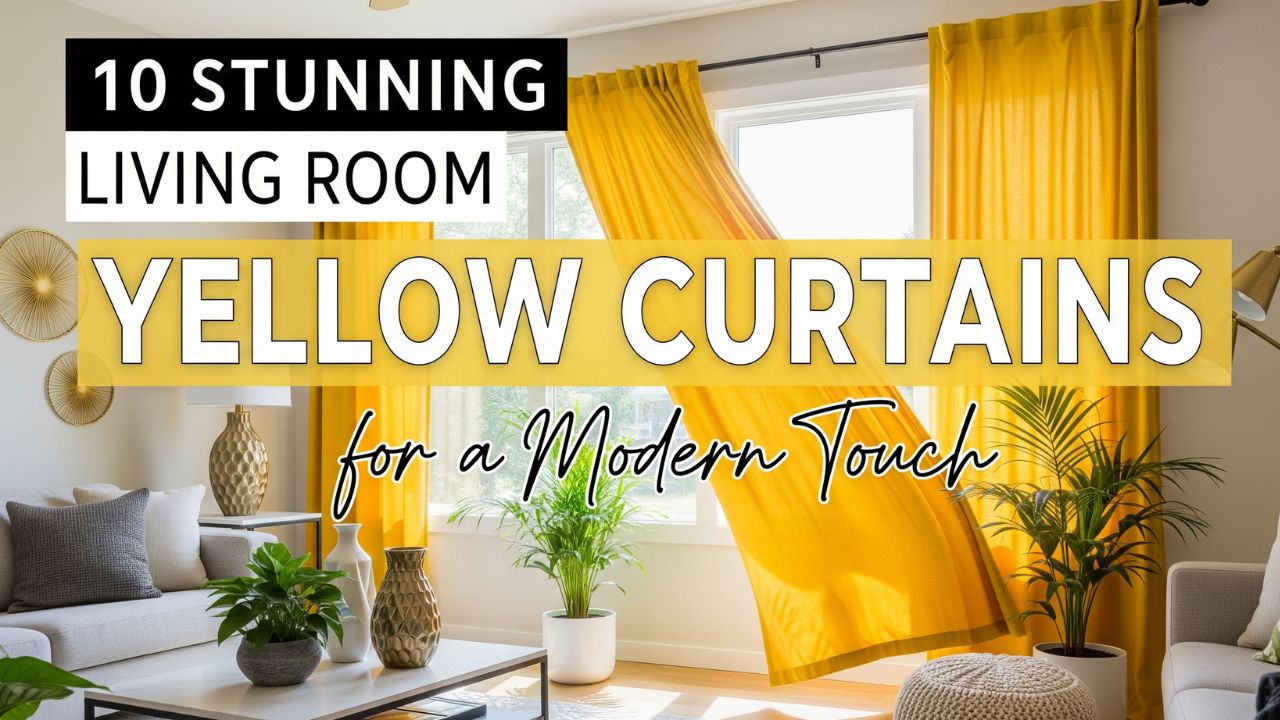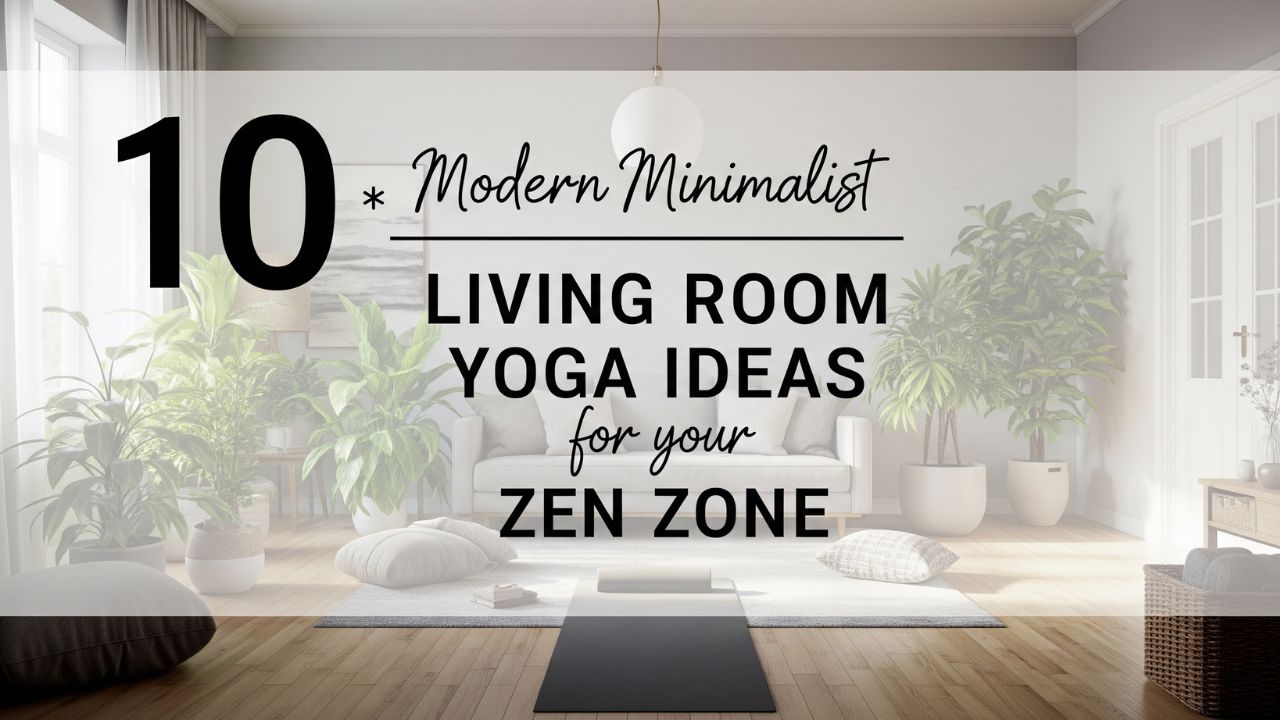Ever walked into a room and instantly felt calm, refreshed, and inspired—without really knowing why? That’s the quiet power of Scandinavian design.
It’s not about luxury or perfection; it’s about balance, light, and a deep respect for the beauty of simplicity. Scandinavian interiors whisper rather than shout. They use natural textures, clean lines, and subtle warmth to create spaces that feel both minimal and deeply human.
Do you know that the Scandinavian design movement actually began in the early 20th century as a rebellion against clutter and darkness?
Long, cold Nordic winters forced people indoors, making them crave spaces that were bright, welcoming, and functional. Over time, this style became a global symbol of effortless living.
If your living room feels crowded or lifeless, these 8 Scandinavian-inspired makeover ideas will help you transform it into a calm, inviting sanctuary—one that balances beauty with everyday comfort.
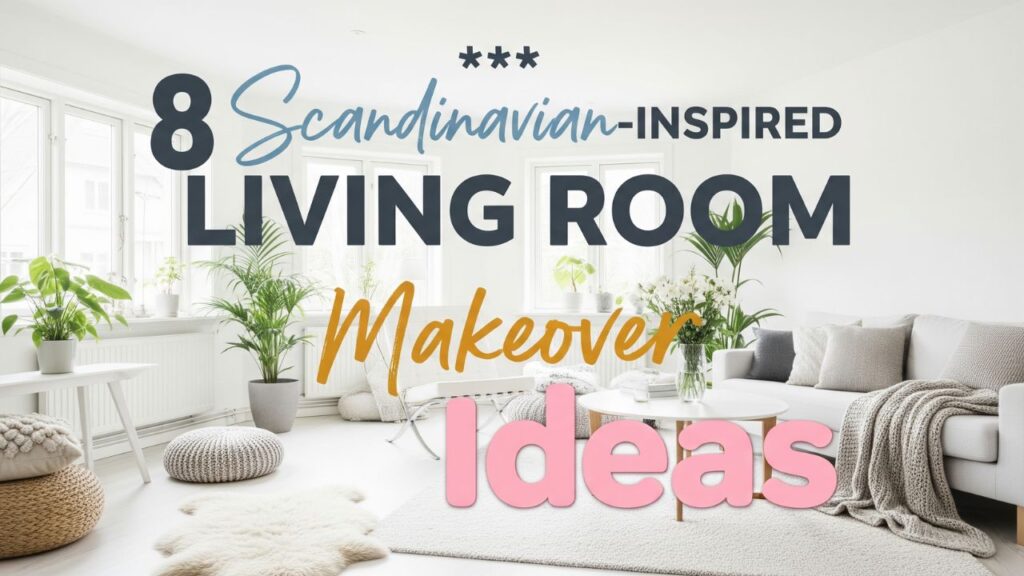
Table of Contents
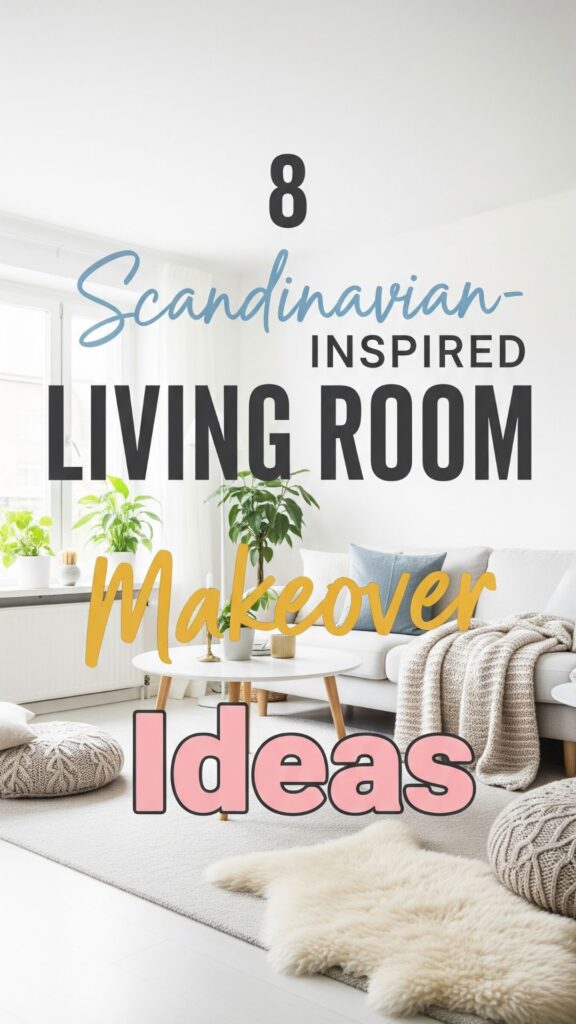
8 Best Living Room Makeover Ideas
1. Start with a Light and Neutral Color Palette
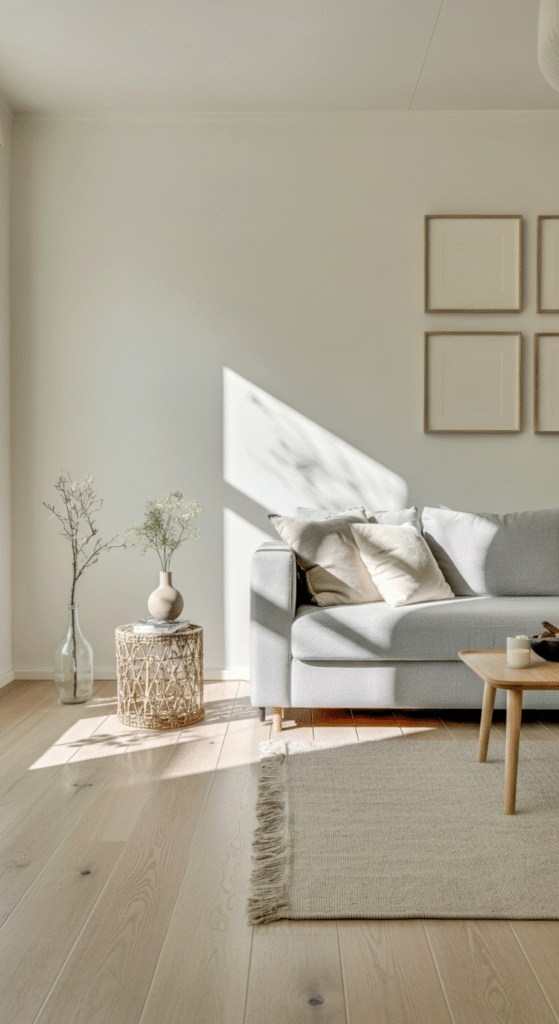
The foundation of any Scandinavian living room is its color scheme. Think soft whites, pale grays, gentle creams, and muted beige tones. These colors reflect natural light and make your space appear larger, cleaner, and more open.
Avoid overly bold contrasts—Scandinavian homes thrive on cohesion. You can layer different shades of the same color to add depth while keeping the visual harmony intact.
Do you know?
Scandinavians often paint their walls white not just for aesthetics but also to maximize daylight during their long, dark winters. It’s design with purpose—form meets function.
If you crave a little variety, add small pops of color through earthy accents like sage green cushions, soft blue throws, or muted terracotta vases.
2. Embrace Natural Light Like a Nordic Home
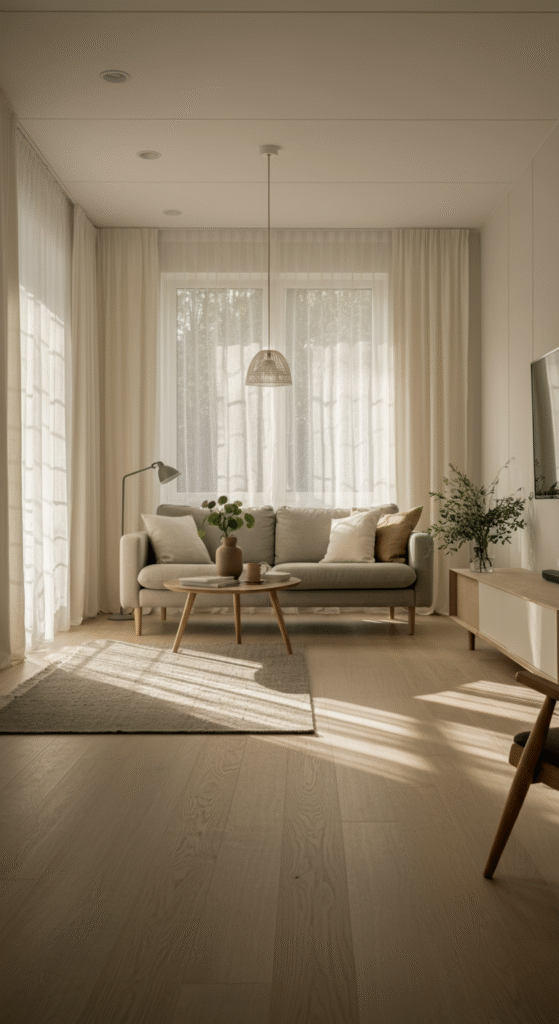
Natural light is sacred in Scandinavian interiors. Large windows, sheer curtains, and minimal window treatments help light flood every corner. Avoid heavy drapes—opt instead for linen or cotton in neutral tones that let the sun in while maintaining privacy.
You can also use mirrors strategically to reflect light and make the room appear more spacious.
Interesting fact:
In Sweden and Denmark, homes are often built to capture sunlight from multiple angles throughout the day. Even furniture placement is designed to follow the path of light!
When night falls, switch to layered lighting—floor lamps, pendant lights, and candles—to maintain that soft, inviting glow.
3. Add Texture with Natural Materials
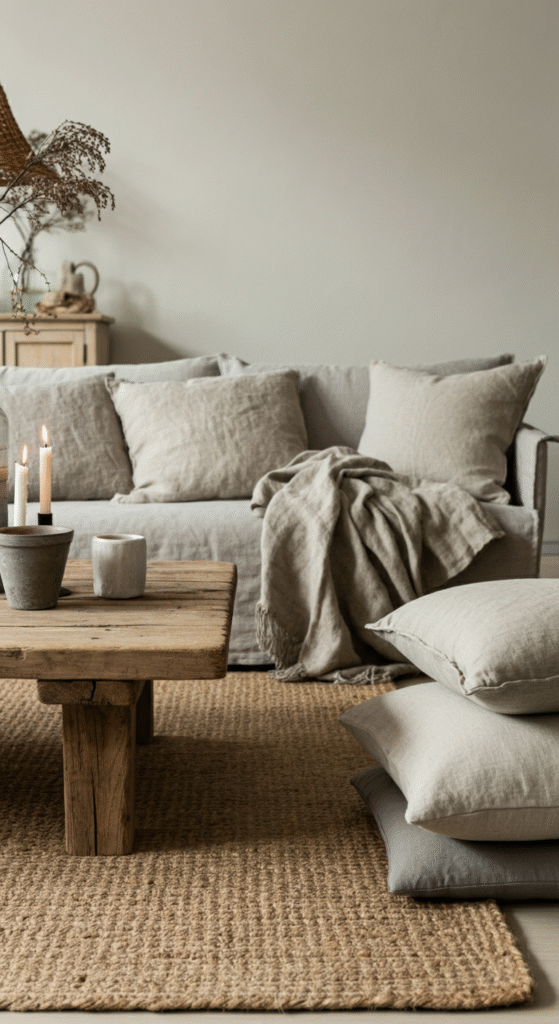
Scandinavian design celebrates the raw beauty of nature. Incorporate organic textures like wood, wool, linen, cotton, and jute. Each adds warmth and tactile comfort, preventing your minimalist space from feeling sterile.
Wooden coffee tables, woven rugs, wool throws, and wicker baskets are all great additions. Light oak and birch are favorites in Nordic homes—they’re pale, calming, and timeless.
Layering is key: mix soft textiles with smooth surfaces and rough finishes. It’s this interplay that makes Scandinavian interiors feel alive.
Do you know?
The concept of “Hygge” (a Danish word meaning coziness and contentment) heavily influences Scandinavian interiors—textures play a huge part in achieving that mood.
4. Simplify with Functional Furniture
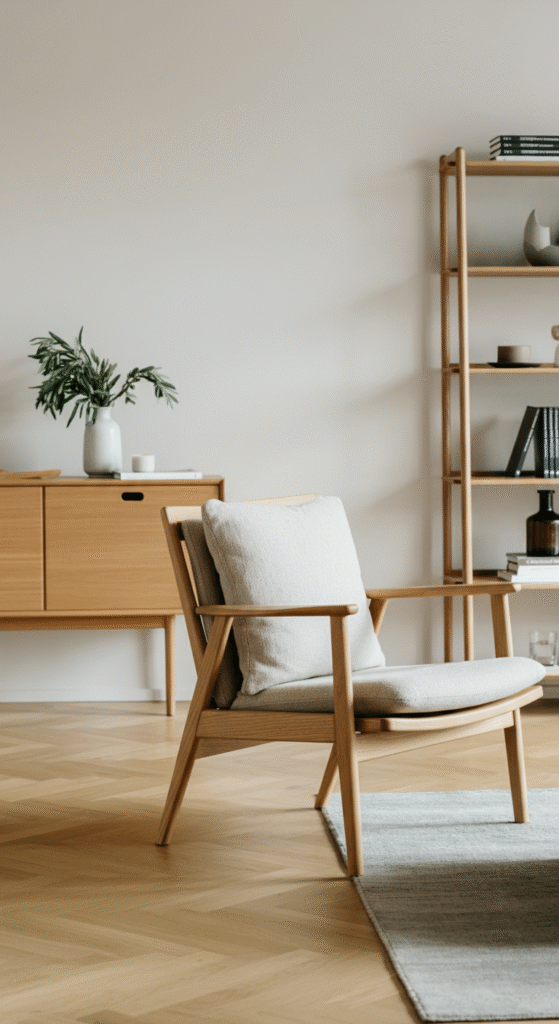
Scandinavian furniture is all about functionality and form. Clean lines, slender legs, and simple silhouettes define the style. Each piece serves a purpose—often more than one.
Choose modular furniture that saves space without compromising style. Think sleek storage benches, nesting tables, or wall-mounted shelving units.
Avoid bulky furniture that dominates the room. Instead, let every item breathe.
Pro tip (myth busted):
Many believe minimalist furniture looks cold or uncomfortable. In reality, Scandinavian furniture often combines ergonomic comfort with minimalist aesthetics—creating warmth without clutter.
5. Celebrate Nature Indoors
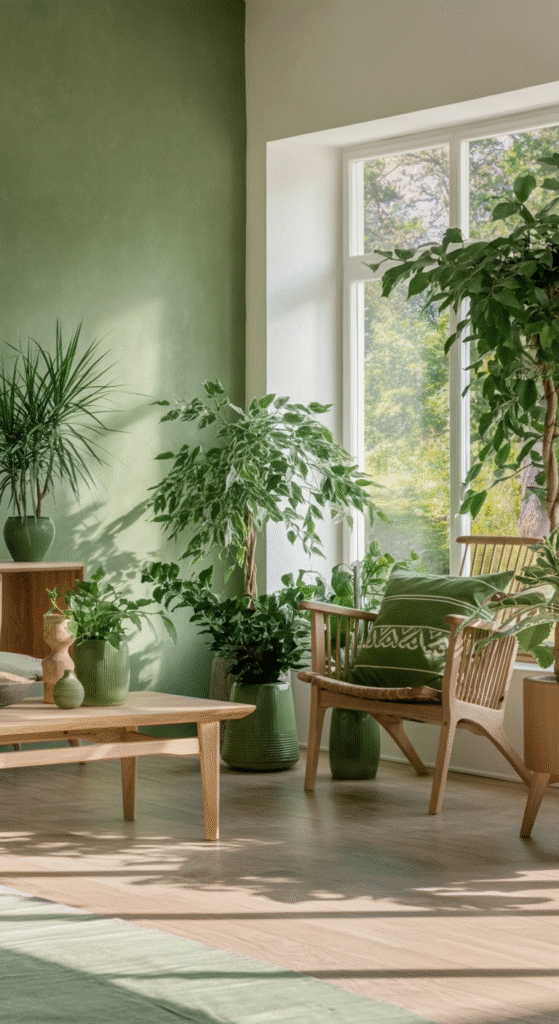
Scandinavians have a deep connection with nature. Bringing the outdoors in is a defining element of this design philosophy.
Add indoor plants like snake plants, peace lilies, or fiddle-leaf figs—they bring freshness and a pop of life to neutral spaces. You can also include natural elements such as stones, branches, and dried flowers for an earthy touch.
If you have large windows, frame the outdoor view with simplicity—let nature itself become part of your decor.
Did you know?
In Nordic countries, houseplants are considered part of mental well-being. Studies show greenery reduces stress and improves happiness—a key reason why Scandinavian homes always feature them.
6. Incorporate Minimalist Art and Wall Decor
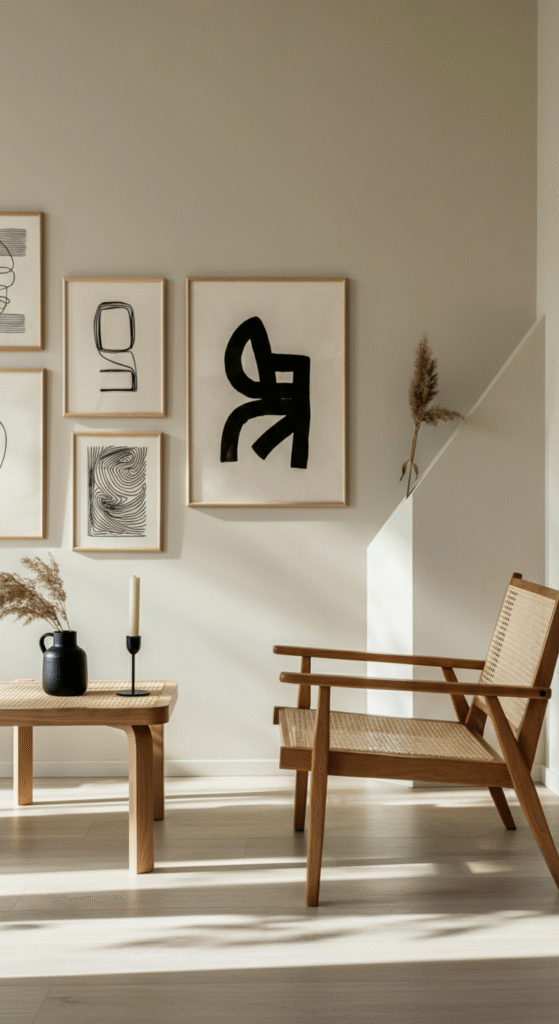
Scandinavian living rooms often feature art that complements rather than overwhelms. Think black-and-white photography, abstract prints, or nature-inspired illustrations.
Use simple frames and neutral colors. A gallery wall arranged symmetrically can add interest while maintaining order. Avoid loud or overly complex artwork—each piece should feel calm and purposeful.
For extra warmth, try woven wall hangings or subtle metal accents.
Interesting myth:
People often assume Scandinavian walls are always bare. In truth, they’re thoughtfully curated—less about emptiness, more about intentional design.
7. Add Warmth Through Soft Lighting and Candles
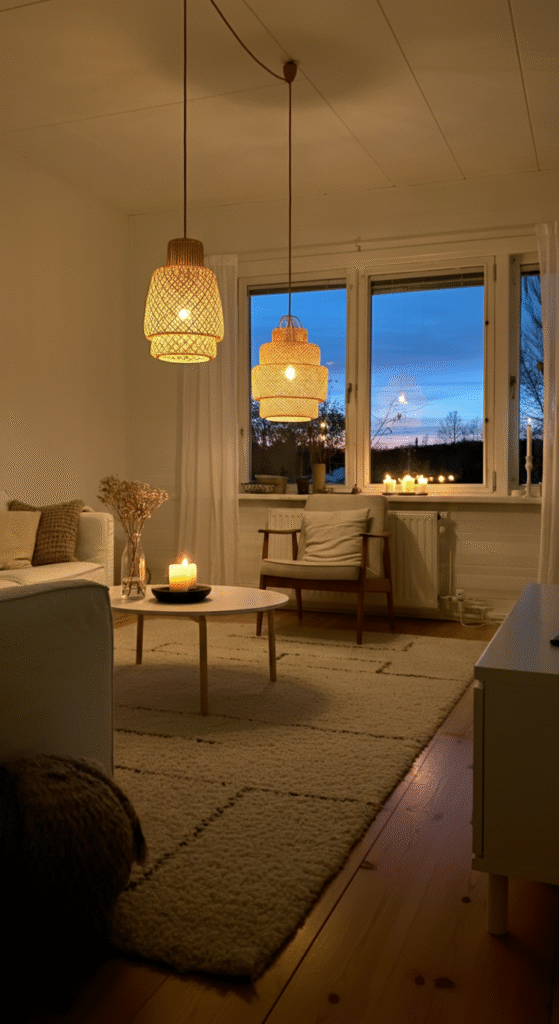
Lighting is not just functional—it’s emotional. Scandinavian design treats light as an art form. Use warm, diffused lighting to create a cozy ambiance.
Pendant lights with matte finishes, paper lanterns, and minimalist chandeliers are great choices. Combine them with table lamps and candles to create depth and intimacy.
Candles are a cultural staple in Nordic homes. During long winters, families gather around candlelight for warmth and connection—a tradition that defines their lifestyle.
Do you know?
Danes are among the world’s largest consumers of candles per capita! For them, it’s not about aesthetics alone—it’s about nurturing the soul.
8. Keep It Clutter-Free and Balanced
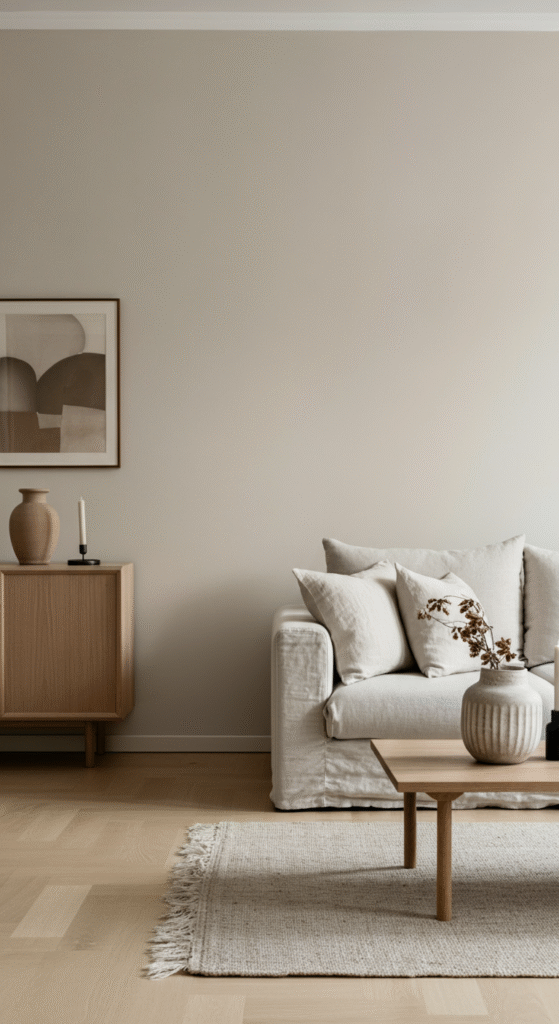
If there’s one rule Scandinavian design never breaks—it’s simplicity. A clutter-free space is the essence of its beauty.
Declutter surfaces regularly, keeping only essential and meaningful items. Use hidden storage—woven baskets, minimalist cabinets, or built-in shelves—to maintain the clean aesthetic.
Balance is everything: symmetry, spacing, and proportion. Each item, from cushions to coffee tables, should contribute to harmony rather than chaos.
Fact check:
Scandinavian interiors may look effortless, but they’re the result of thoughtful design—every placement is intentional, every object has purpose.
Bonus Tip: Infuse Personality Subtly
While minimalism is key, your home should still reflect you. Add small personal touches—a handcrafted vase, a cozy knit blanket, or a stack of your favorite books.
Scandinavian style isn’t about stripping away personality; it’s about expressing it thoughtfully. The goal is calm, not emptiness.
Conclusion: Redefine Comfort Through Simplicity
Scandinavian-inspired living rooms are more than just decor—they’re a mindset. They invite peace, balance, and mindfulness into your home.
In a world overflowing with noise and chaos, a Scandinavian makeover offers a retreat—a quiet refuge of light, comfort, and clarity. From soft hues to natural materials and intentional design, every detail tells the same story: less truly is more.
So, open your windows, clear the clutter, light a candle, and let simplicity work its quiet magic. Your living room isn’t just getting a makeover—it’s discovering its soul.
Frequently Asked Questions (FAQs)
What defines a Scandinavian-style living room?
A Scandinavian-style living room is defined by simplicity, functionality, and comfort. It features neutral color palettes, clean-lined furniture, natural materials, and plenty of natural light. The focus is on creating a calm, cozy, and clutter-free space that balances beauty and practicality.
Which colors work best for a Scandinavian-inspired makeover?
The most common colors are soft whites, light grays, beige, taupe, and pale wood tones. These hues reflect natural light and make your space appear open and serene. You can add warmth with subtle earthy tones like muted green, dusty pink, or terracotta accents.
How do I make my living room feel cozy without adding clutter?
Layering textures is key. Use natural fabrics like wool, linen, or cotton for throws and cushions. Add soft lighting with candles or warm-toned lamps. Keep decorative items minimal but meaningful—like a woven basket, a framed print, or a few well-placed plants.
Can I combine Scandinavian design with other styles?
Absolutely. Scandinavian design pairs beautifully with styles like Bohemian (for warmth and color), Industrial (for contrast and edge), or Minimalist (for extra simplicity). The trick is balance—keep the foundation neutral and add accents from the other style without overwhelming the space.
What type of lighting is best for a Scandinavian living room?
Scandinavian interiors use layered lighting—a mix of natural light, pendant lamps, floor lamps, and candles. The goal is soft, diffused light that feels warm and inviting. Avoid harsh overhead lighting; instead, use dimmable bulbs to control the mood.
